Title Diwata Equivalent DeityFairyNymph | Gender Male/female | |
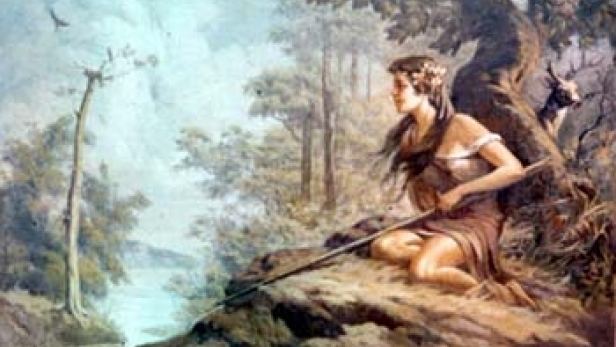 | ||
Description lesser gods and goddesses, guardian spirits | ||
Abra ft chito miranda diwata official music video
In Philippine mythology, a diwata (derived from Sanskrit devata देवता; encantada in Spanish) is a type of deity or spirit. The term "diwata" has taken on levels of meaning since its assimilation into the mythology of the pre-colonial Filipinos. It has its origin in the devata beings from Hinduism and Buddhism.
Contents
- Abra ft chito miranda diwata official music video
- Diwata by lyrics
- Characteristics
- Concepts
- Lambana
- Encanto
- Television
- Music
- Literature
- Comics
- Cinema
- References
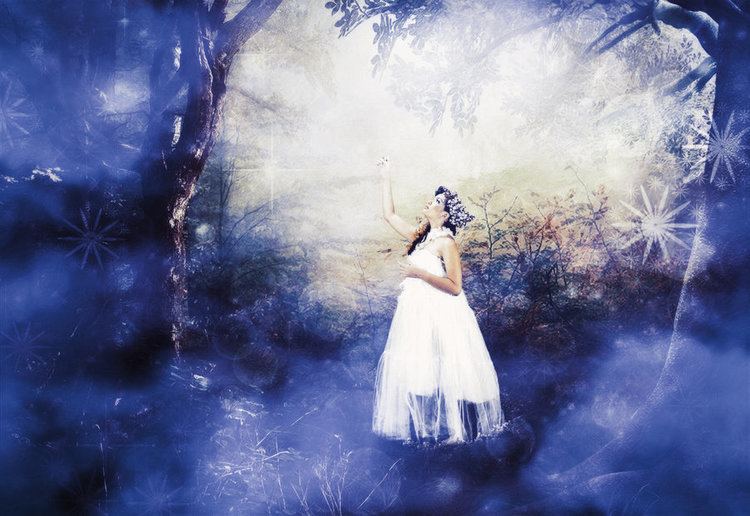
When the Spanish conquered the Philippines the commonly used meaning of the term reduced from goddess to dryad-like spirit which was considered benevolent or neutral. These spirits were invoked ritually for positive crop growth, health, and fortune; however, they were also considered to be able to incur illness or misfortune if not given proper respect.
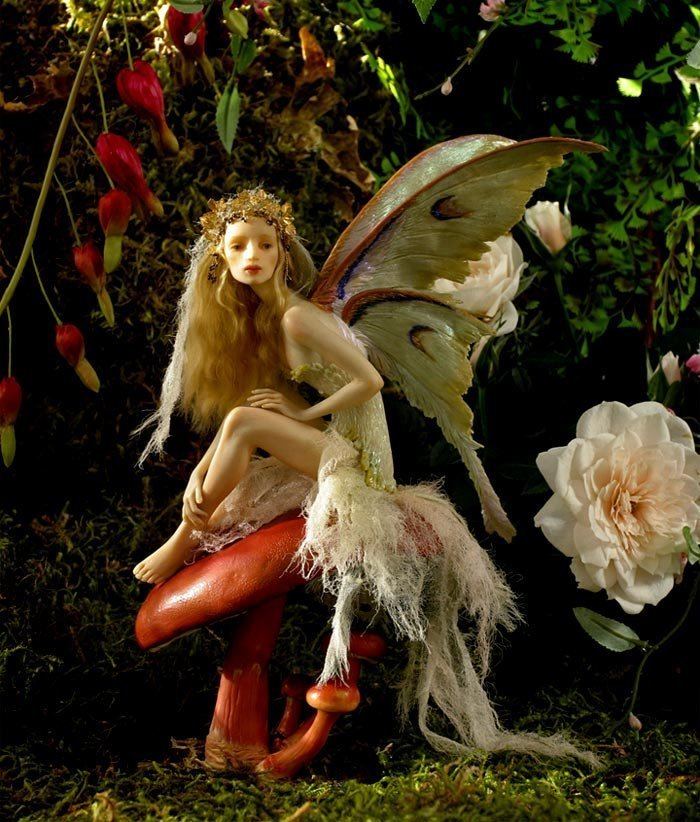
They were said to reside in large trees, such as acacia and balete and were understood as the guardian spirits of nature: casting blessings or curses upon those who brought benefits or harm to the forests and mountains.
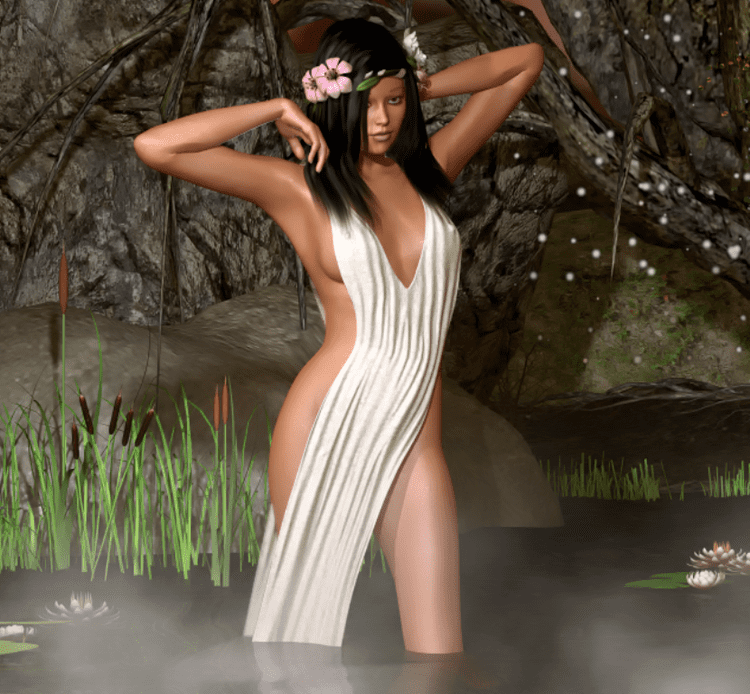
In modern times, the term "diwata" is sometimes loosely used to refer to a generic type of beings, much like "elf" or "fairy," or very specific types. The term "diwata" is synonymous to "anito" and the usage of the word "diwata" is more prevalent in the southern Philippines, while "anito" takes its place in the northern areas.
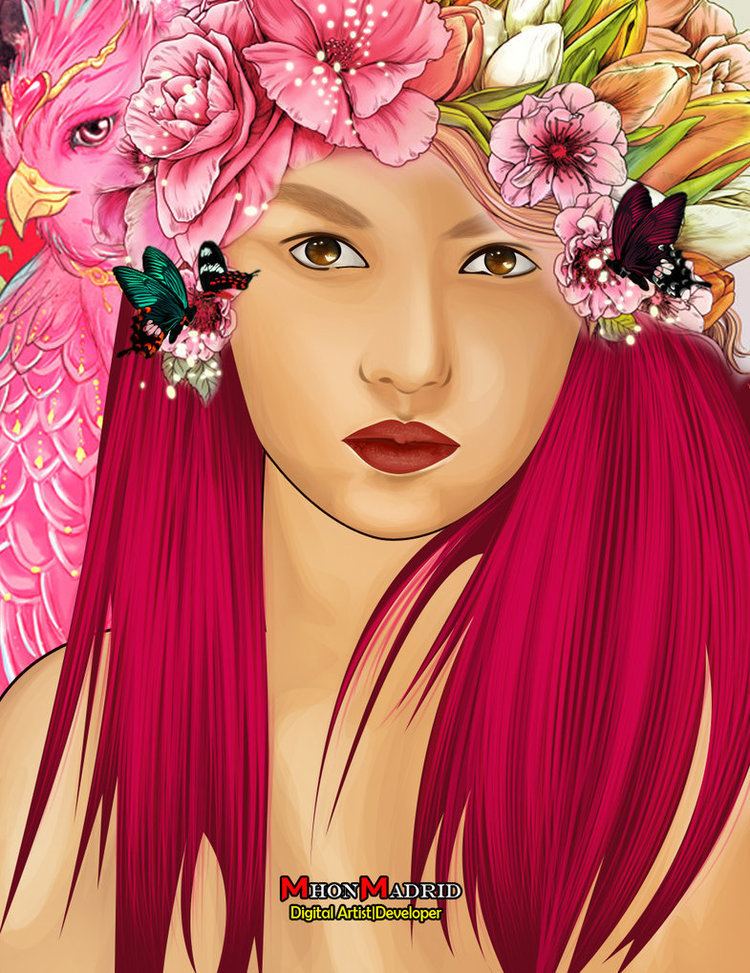
Diwata by lyrics
Characteristics

Although there are numerous and varied accounts as to what they should look like, a general trend may be observed in that they are normally human in appearance—beautiful and seemingly ageless at that—save for some distinct characteristics. This may take the form of not having a philtrum or having continuously smooth and supple skin that somehow resemble fingernails, without any wrinkled parts as in the elbows and knees. They tend to be fairer than average, as pale skin has been associated with the supernatural even during pre-colonial times (for example, the "white lady" belief is prevalent in the East and Southeast Asian regions).
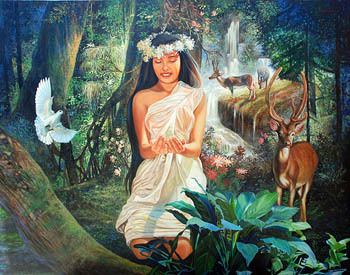
Visayan epics such as Hinilawod described them as very beautiful, some having golden skin, other having luminous fair skin.
Concepts
The inhabitants of pre-colonial Philippines believed and worshiped diwatas and believed them to be deities created by the one true God to help administer his creation. The term "diwata" applies to both male and female deities (e.g., Diwata Barangaw, who is the male god of rainbows).
The diwata were worshiped and venerated in pre-colonial Philippines are depicted as superior in beauty, in knowledge, and in fighting skills. They are prayed to and given offerings to grand request and to answer prayers.
In modern concept, due to the Spanish destruction of most of the pre-colonial Philippine culture, the rank and image of a diwata from goddess was turned into enchantress or nymph, being beautiful with preternatural allure that lives in the forest and trees.
Lambana
The term lambana, which means "he upon whom all depend" in Sanskrit, is an old Tagalog word for a drawing symbol or picture that represents a deities of the ancient pagan religion of the Tagalog people. It is a term used for small winged creatures (pixies) that assist and serve as serfs and handmaidens to the diwata,
Encanto
A male diwata is coined as enkanto, thought they seem to be of a totally different race. They are believed to be malevolent with very pale skin to white skin that sparkles under direct sunlight, light colored hair, and fangs. It resides primarily near the sea or any body of water. It is customary for Filipino fishermen to offer meat and other delicacies to the enkanto by throwing them into the sea, after a day's bountiful catch.
Popular mythology states that diwata live inside tree trunks, in the form of spirits. In the Philippines, it is common to see trees with trunks larger than 5" or 6" in diameter left standing when trees have been cut. This is believed to prevent the spirit from being released, as it is not known if he is a "white" or "black" spirit. If he is a black spirit, it is believed he can cause serious misfortune to the one who stole his home.
Enkantos have many similarities to humans in that they age, appear to have male and female sexes, can suffer from illness, and die. They are an object mythology for many Filipinos as they are mostly pictured as non-muscular beautiful men having crystal blue eyes, fair complexion and golden hair. They may have unusual features such as high-bridged noses, fair skin, and no philtrum. They are also known to be taller than human beings. Some say they have leaf-shaped ears and that they sparkle under direct sunlight or grow sharp teeth when threatened.
Other variants exhibit sexual dimorphism such as Bagobo spirits which are separated into the female tahamaling and the male mahomanay. The female spirit is alleged to have red complexion while the male has a fair complexion. Their dwellings will normally appear as natural features, for example large rocks or trees, although to humans they have befriended they can appear as magnificent palaces.
These creatures prefer large trees such as the balete in which they place their belongings.
Television
In the television sitcom Okay ka, Fairy Ko created by MZET productions, diwatas live in a mythical world named Enkantasya where Ina Magenta is the Queen of the diwatas. Ina Magenta's daughter, Faye, is married to Enteng Kabisote, a human.
Diwata have been featured on GMA Network fantasy series Encantadia and Mulawin whereby diwatas are a race of supernatural being living in Encantadia, a dimension beyond the human world. However, the depiction of a diwata on both series have European influences as pure diwatas were shown to have pointed ears like elves, one of them is Cassiopeia and some resemble fairies, like Muyak, human-like diwatas are born from a diwata and another encantado. All diwatas and encantados reside in the 'Kingdom of Lireo'. A diwata or an encantado that has royal blood is called Sang'gre, which can be distinguished by their markings on their back, the nga character from the Baybayin script. The Queen of the diwata in Lireo carries the title of Ynang Reyna. Lirean society is matriarchal and only a Sang'gre in the matriarch line may ascend the throne.
The television series "Amaya," produced by GMA Network, presents diwatas as divine figures accessible through ritual, drawing inspiration from ancient Visayan folklore. The narrative centers on Amaya, a binukot (a maiden of high status kept in seclusion), destined to rise as the era's most influential woman. The show is set in the pre-colonial period of the Philippines, offering a glimpse into the country's historical and cultural past. The diwata shown were
In another GMA Network TV series, Indio, diwata are gods or goddesses that can be called or prayed upon. Indio is about a man with a diwata mother and a human father. During the Spanish colonial period, he protects the Filipinos from the Spaniards. Similar to Amaya, these diwatas originate from ancient Visayan foklore. Some of them are:
The term lambana is an old Tagalog word for a drawing symbol or picture that represents a deity of the ancient pagan religion of the Tagalog people was recently used in fantasy-themed television shows such as ABS-CBN's Pedro Penduko as a term for "small fairies". It can be argued that the term was first used in Encantadia as a reference to Muyak and later on in Luna Mystika where it was used to identify the characters played by Pauleen Luna and Michelle Madrigal.
Music
Diwata is a Filipino singer-comedian who made a mark with the Tagalog remake of the English song "Sincerely" and became well known with "Sisirin Mo," a naughty song with double meaning that titillated the masses' imagination from her self-titled album Diwata. This album launched a whole new genre of songs that shocked the sensibilities of the predominantly Catholic Philippines in 2001.
In 2014, rapper Abra released a song titled "Diwata", which features Parokya Ni Edgar vocalist Chito Miranda, from his self-titled debut album.
Literature
A diwata is the primary character in the play Speech and Debate written in 2007 by Stephen Karam. The character constitutes an ironic representation of the diwata, as an awkward, socially rejected high school student intent on creating her own club to catalyze the downfall of her closed-minded drama teacher.
Comics
In the comics, the character created by Gener Pedrina for the Sanduguan Universe, Diwata is a half-human and half-encantada whose real name is Maria Klarissa Valiente.
Cinema
The independent film Faraway focuses on a woman and her quest to find the Diwata tribe.
